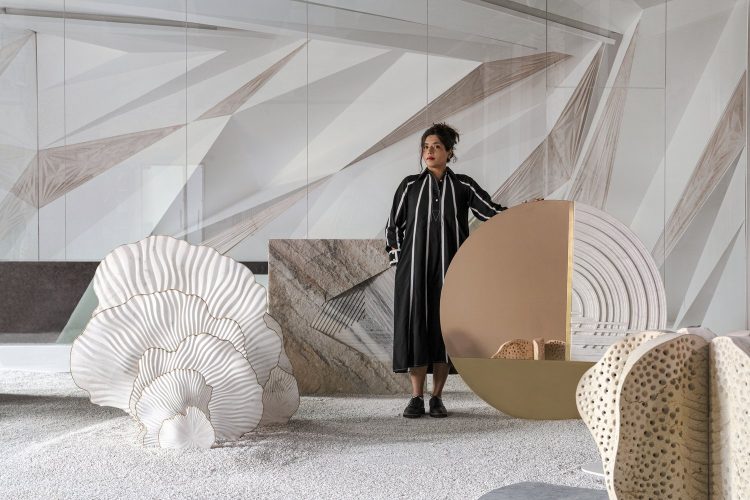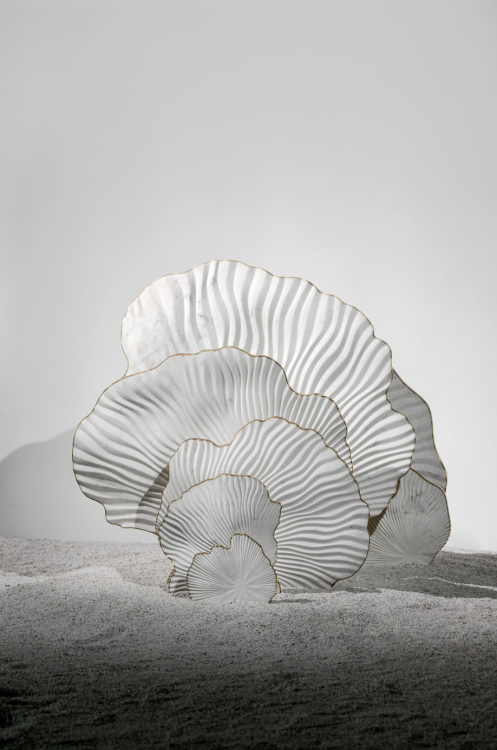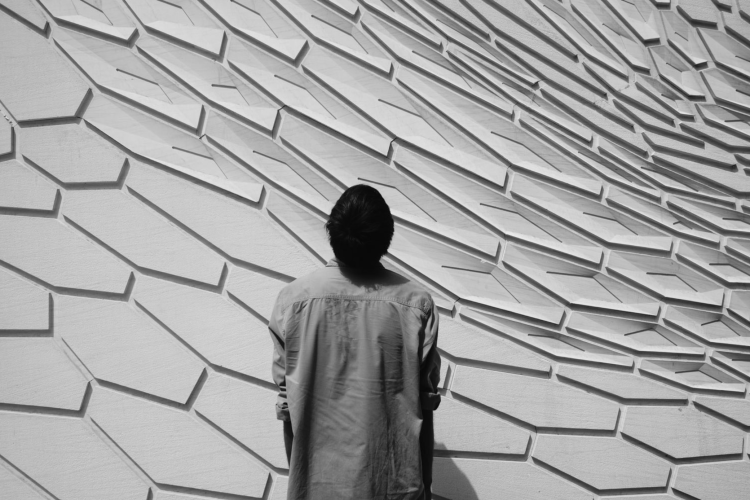
Courtesy of Borrowed Earth
Welcome to Artisan Spotlight, where we catch up with the makers, crafters, and tradespeople moving the design industry forward while preserving traditional techniques. Ruchika Grover is the founder of Borrowed Earth Collaborative, a maker of stone products that seeks to translate the power of the natural world into products for the home, and the latest Artisan Member of the DLN.
How would you describe your practice in one sentence?
Essential and unnecessary, luxurious and absurd, delightful and excruciating.
Tell us a little about the history of your practice. Were you formally trained as an artist?
It took me a few years to truly start embracing the artist in me. Natural stone and marble are not the easiest media to work with, and requires heavy investment in infrastructure and material. I started traveling with my father, a marble and granite trader, when I was 14. My first job was a block marker, where I would travel with his clients to quarries all over the world and select material for them. This gave me an inherent understanding of the material and a great degree of comfort with it.
I wanted to pursue art, but I was raised to be a businesswoman. I studied business and entrepreneurship, but I realized pretty early on that if I didn’t build something that allowed me to create and delight myself, I wouldn’t last long.
Since I didn’t have any formal education in art, architecture, or design, I didn’t have any constraints. Every day was an experiment in my studio: I questioned every established practice and sought inspiration anywhere I could find. Over the years, architects and designers started bringing me on as a specialized consultant/artist on their projects — and 16 years later, I am still doing that.

Photo Credit: Suryan Dang
The intent is always to create something inspirational and in a direction which breaks conventional practice. I start with some sketches and a material palette, and simultaneously we start modeling in softwares. I am very tactile and like to understand the material, the quarry, the movement of veins in the block and the formation, to best be able to accentuate the materiality and celebrate it. We always create a 3D model of the pattern using CAD software.
Since most of my work is dimensional, the play of light and shadows is an inherent part of the development process. The prototyping process involves extensive prototypes on 10 to 12 materials with different tools, combinations of finishes, and hand-finishing. To design a series of four to five patterns, we prototype and work on about 15 patterns which are then shortlisted. Developing a series of patterns takes anywhere between six to 10 months. Each pattern is a combination of CNC milling and hand-carving, making every tile unique and distinct.

Borrowed Earth Archives
What is the most important consideration when hiring for your practice?
Besides the technical skill needed, it’s the right balance of left and right brain. We operate at the intersection of art, architecture, and design, so understanding the material and the business of it is important at every stage of development.